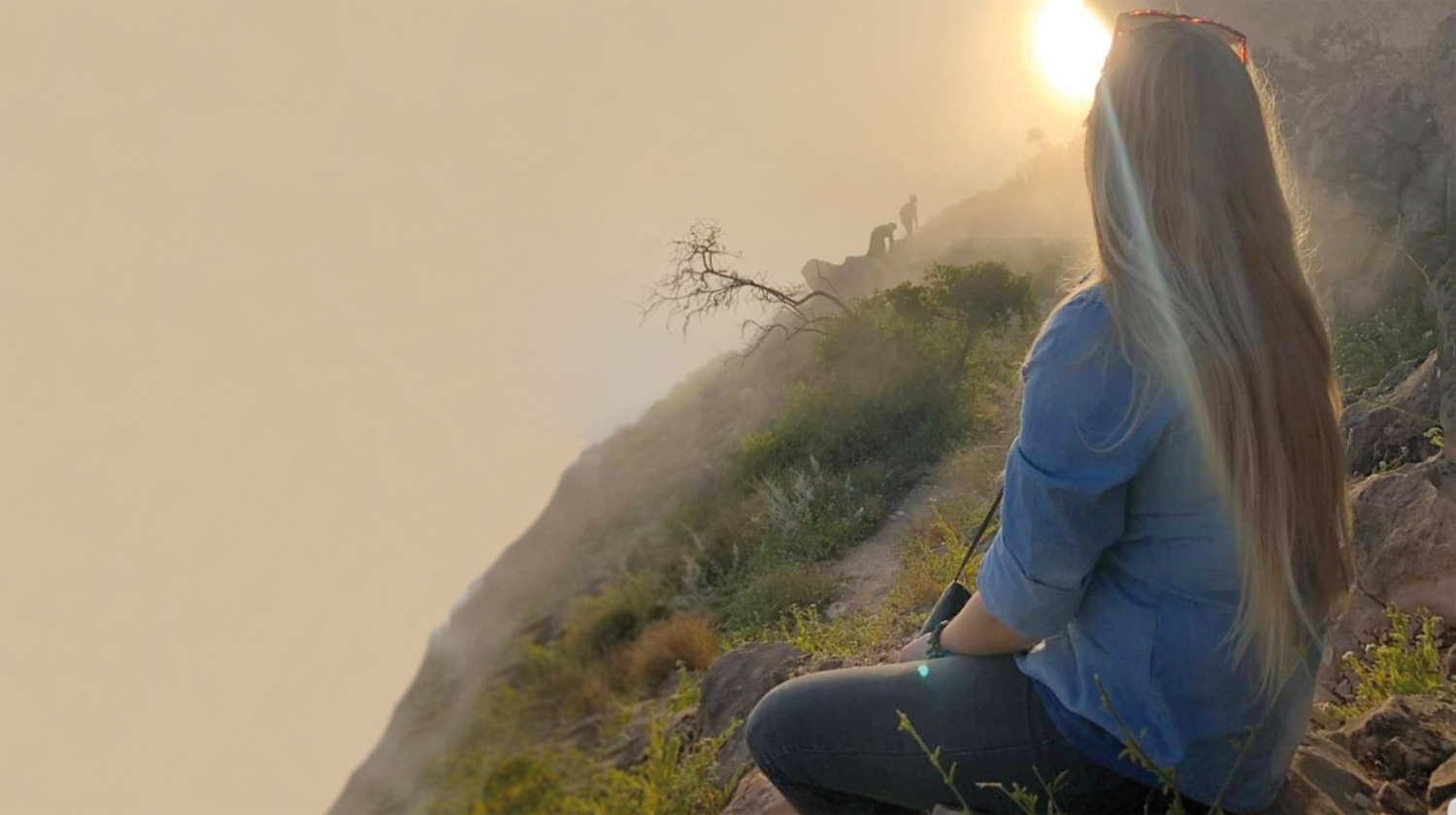

If you’ve been to Salalah, then you definitely would have visited Jabal Samhan. And like most mountains in Oman, it’s not just an ordinary mountain but a nature reserve. At 4,500 square kilometres, it is a massive place offering different attractions. Coming here during khareef, you’d be lucky to witness a sea of clouds floating just within your eye level almost within reach. On regular months, it offers an uninterrupted view of the grandeur of the Dhofar Region. One of Oman’s recent wins is the addition of the ancient city of Qalhat amongst the Unesco recognised World Heritage Site. Jabal Samhan has been on the organisation’s Tentative List since 2013 and the push for this nature reserve to be on the list have several merits and points to it.
The Unesco Tentative list as the organisation defined it, is “an inventory of those properties which each State Party (referring to the countries) intends to consider for nomination.” This means that becoming a world heritage site does not just happen. Countries should actually push for it and provide the reasons why and convince Unesco why it has to deserve the recognition. Earning the recognition comes with different advantages and one of these is being provided ample support for conservation and posterity. As of 2019, China and Italy have the highest numbers of World Heritage Sites (both at 55) with Spain (48), Germany (46) and France (45) completing the top five.
Jabal Samhan was declared a nature reserve courtesy of Royal Decree 48/97 issued in 1997 with the primary purpose protecting the wildlife in their natural habitat as well as promote sustainable use of natural resources especially for wildlife tourism purposes. Below are four reasons provided by the Permanent Delegation of the Sultanate of Oman to Unesco why Jabal Samhan deserves to be on the World Heritage List.
Flora Diversity

JSNR is home to a unique variety of plants, especially ones that thrive in creeks and wadis south of the reserve. They include glasswort, ditch reed, palms, Prosopis cineraria, Anogeissus dhofarica, Pappea capensis, Boswellia sacra, Aloe sp. and many more. The reserve’s central plateau, Hawjer oasis, encompasses the largest group of frankincense or olibanum trees in the area. Economically speaking, Olibanum is the most valuable plant in the reserve.
Other annual plants and shrubs also thrive in this part of the reserve. In the northern parts of the reserve, where desert climate prevails, Acacia tortilis trees grow deep into the wadis (Wadi Ara, Wadi Andhoor and Wadi Dimit) along with wild palms, olibanum trees and desert plants. Plants of special interest include Carallumasp. nov., Maytenus sp. nov., Anogeissus dhofarica, Launaeacastanosperma, Lavandulahasikensis, Salvia sp. nov., Barleria samhanensis and Dracaenaserrulata.
The reserve has been refuted as the only habitat of Pappaea capensis in the Arabian Peninsula. The central plateau (Hawjer oasis) encompasses the largest aggregation of olibanum trees in the area.
Spectacular Fauna

Various species of wildlife live and breed throughout the reserve, availability of preys and vegetation in most wadis as well as plenty of water in the springs and ponds left by abundant rainfall, creating a suitable living environment for the herbivores.
The reserve is uninhabited by humans, thus wildlife is least disturbed except for occasional poachers. Shrimps and abalone are found in the marine area while whales and dolphins are seen along the coasts between Hadbin and al Shuwaimiyya.
Green Turtles and Loggerheads also nest on the sandy beaches near the reserve. The steep cliffs in certain wadis such as Wadi Sunayk offer ideal breeding sites for several rare species such as herons and tropicbirds. The coastal waters provide food for Masked Boobies and Socotra Cormorants. In the same wadi, a Khaur surrounded with vegetation exist and attracts nesting turtles and migrant birds nest unto the adjacent cliffs.
Carnivores

Samhan’s Mountain Nature Reserve has been exceptional not to have any human inhabitants within its territory. However, it is frequently used by some shepherds living the reserve to graze their livestock.
Occasionally, people trek unto the wadis and cliffs to gather frankincense. Traditional fishing is practised along the shoreline. At present, these activities are allowed to help the local communities in their livelihood. Its unique geological formation of limestones, deep canyons, wadis and oases are by itself natural features of the reserve.
A major predator living in the reserve, the Arabian Leopard (Panthera pardus nimr) roams freely inside the reserve and vicinities. It is the world’s only place designated for protecting this unique threatened species. Other predators in the reserve include the Striped Hyaena, Arabian Wolf, Caracal, Foxes, Honey badgers, mongooses, and Genets.
Herbivores

The reserve is home to a group of herbivores such as the Nubian Ibex (Capra (ibex) nubiana), considered as the biggest herbivore that lives and breeds in the northern parts of the reserve.
Gazelles (Gazella gazella cora) also inhabit the northern parts, especially in Wadi Ara, Wadi Andhoor and Wadi Dimit, but are now being commonly spotted in the southern parts, especially in the area between Wilayat Mirbat and Sadah.
The hyrax, a favourite prey of the Arabian leopard, harbours the crevices of steep cliffs of the reserve.
Oman Observer is now on the WhatsApp channel. Click here



